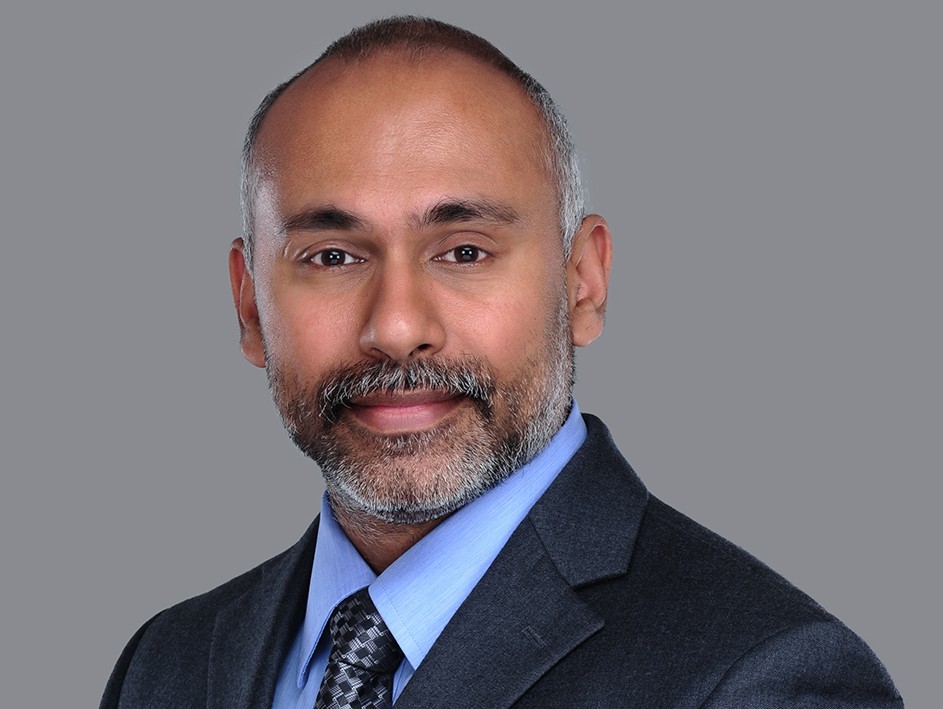
As part of a yearly practice and commitment to myself, the last couple of weeks in each year become a time for deep reflection.
I started writing posts in LinkedIn during a difficult personal time in 2014. At that time, my only thought was that it would be meaningful if my writing positively influenced, educated or inspired even couple of individuals. After 5 years (recent slow years in writing), I’m very grateful for the cumulative 25,000 views, 2000 likes and thoughtful comments from readers around the world. That makes all this very meaningful. A deep thank you to all dear friends and readers who keep checking and encouraging.
There are 4 important self-review questions I love to revisit each year:
- How did I live my year, especially in the context of things I aspired to do? What have I learned from my experiences, how have I grown?
- How much did I live meaningfully? When did I feel in touch with my soul?
- What positive impact did I have on the people and environment around me?
- What are key things in life that I am grateful for?
On general observations from 2019, the following 5 themes and questions kept coming back for me. All of these impact businesses and organizations, in some form or the other.
- Leadership styles and principles – Looking at events happening around the world and behaviors (including some of the world leaders), is there a fundamental shift to what people respond better to? Where is the topic of ethics headed (with some blatantly obvious public scenarios)?
- Everyone has a voice but… – The power of social media and ubiquitous mobile smart devices is that anyone anywhere can share his/her voice and be seen, heard anywhere. However, there is a really important question regarding how much of that is educated/thoughtful or just ‘noise’ devoid of facts?
- Short term Vs. Long term – Are we ever more focused on short term (all sides) in all sectors? How much does this impact actions all round?
- Increasing Gap in Society – Collectively, it’s really nice to see most people are willing to give and help others during times of difficulties. That said, is the gap between haves and have nots, rich and poor in society increasing to worrying proportions? Are current economic models supporting that in most parts of the world?
- Environment – Without doubt, we are at the mercy of mother nature everywhere, whether we like to admit it or not. How much do we really care about preserving our world for a healthy future and how many truly believe that actions today are helping?
Guessing that these topics won’t go away soon but hoping that they will get discussed actively at all levels and evolve positively. How do you see them?
Warm wishes for a wonderful holiday season, Christmas time and New Year!
I sincerely hope that this post leaves you with one positive thought and action. We evolve through all our experiences.
“Reflect upon your present blessings – of which every man has many – not on your past misfortunes, of which all men have some.” ― Charles Dickens, A Christmas Carol and Other Christmas Writings (goodreads)










Recent Comments